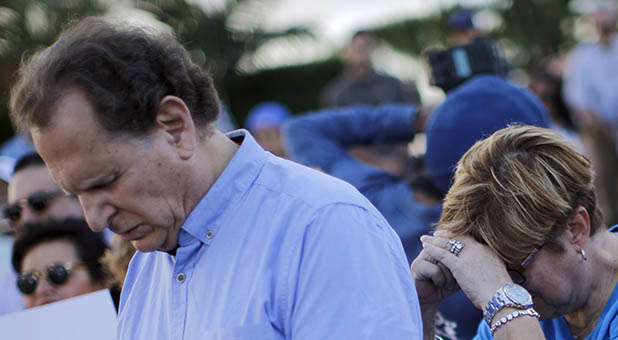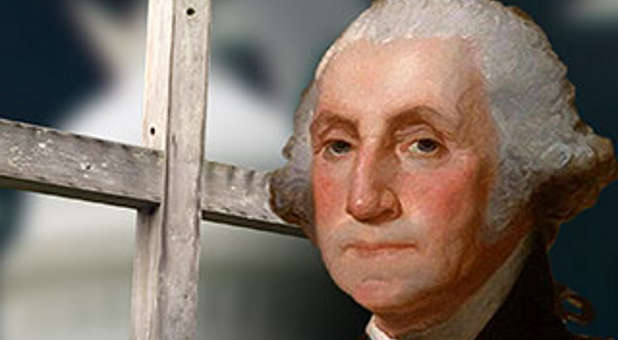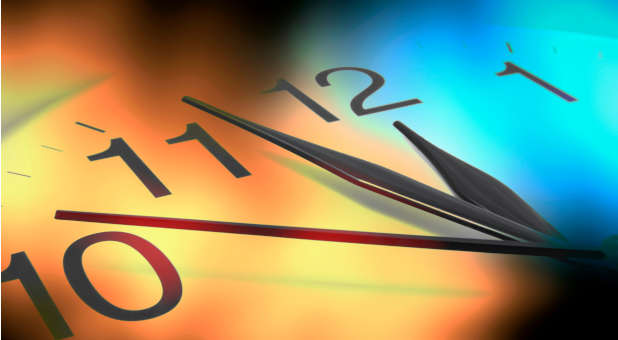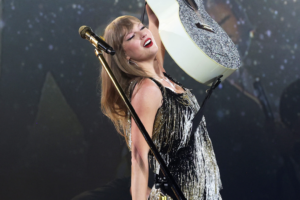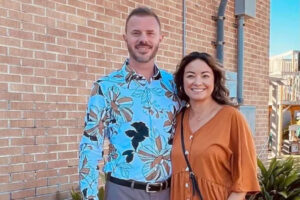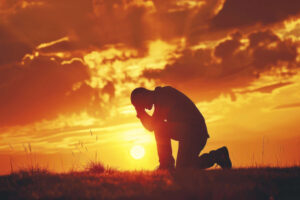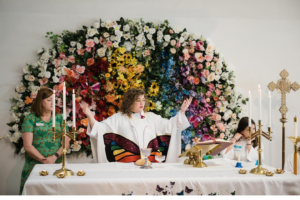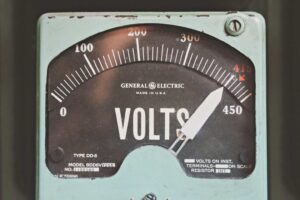In an Acton University lecture titled “Religious Freedom: The Dawn of the First Amendment,” John Pinheiro sought to give a fuller understanding of the meaning of the First Amendment through its historical context. Contrary to a current widespread belief, religious freedom has not always been valued in the United States and has been almost constantly threatened, even after the ratification of the Constitution. Pinheiro described the Founders’ fight for religious liberty as both radical and counter-cultural because of the religious conflict and disdain for true religious freedom that existed throughout the history of the United States and continues today.
The historical context of the First Amendment starts with the history of the colonies and the political thought of the time period. Many of the colonists came to North America seeking freedom from religious persecution and state established churches, most notably the Puritans leaving to escape the Church of England.
At the same time, Enlightenment thinking was developing and gaining acceptance. The emergence of a belief that religion is opposed to reason and something that humanity will, and should, outgrow meant that it was less consequential which religion people practiced. Toleration of other religions, in that way grew out of a belief that none of them held the final truth, so none was above the other.
Also contributing to the development of the principle of religious freedom in the colonies was the religious pluralism that resulted partially because of England’s relative lack of involvement in the governance of the colonies. In the self-governing colonies, colonists became accustomed to a larger measure of religious toleration than enjoyed in England and much of Europe at the time.
The role of religion in England, the mother country of the colonies and source country of many of the colonists, greatly influenced the path to religious freedom. England, at the time, was a country with an established state Church. Though England tolerated other non-Catholic Christian denominations following the Glorious Revolution, political rights were contingent on a person’s faith. Thus, in the earliest colonies, religious freedom and ideas of separation between church and state authorities were seen as radical and extremely unpopular. However, increased religious pluralism, propelled by the increasing religious diversity of migrants and the Great Awakening of the 1740s, pressured states to adopt larger degrees of religious freedom.
This pluralism led to the enactment of the Virginia Statute for Religious Freedom, which was ratified in Virginia just as the Articles of Confederation began to show weaknesses. At the Constitutional Convention of 1789, the fight for religious freedom in Virginia was fresh in the minds of James Madison and Thomas Jefferson. Therefore, when it came time to draft the Bill of Rights, both influenced the inclusion of religious freedom in the First Amendment.
In the time since the First Amendment was ratified, Pinheiro noted that there has not yet been a period of perfect realization of religious liberty in the United States. Among the many instances of religious conflict were the Mormon Extermination Order in 1838 in Missouri and the anti-Catholic sentiment that wove its way through the Know-Nothing party of the 1850s and into the elections of 1884, 1928 and 1960. Threats to religious liberty continue today, with politicians calling freedom of religion “freedom of worship” and enacting laws that force believers to act against their consciences. The emergence of secular humanist philosophy, which seeks to substitute religion with its own non-religious orthodoxy, further threatens religious freedom, especially as it influences Supreme Court decisions and political outcomes. In responding to these challenges, Pinheiro said that we must keep in mind the attacks of the past and the need for constant reaffirmation of the principle and practice of religious liberty.
Pinheiro concluded the lecture by asking his audience to ponder a few questions: What is religious freedom? What does a “naked” public square look like versus a “crowded” public square? And perhaps most importantly for Christians, in the free market of religion, how do we recognize and incorporate truth?
See an error in this article?
To contact us or to submit an article


